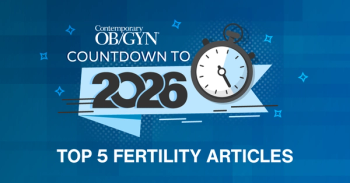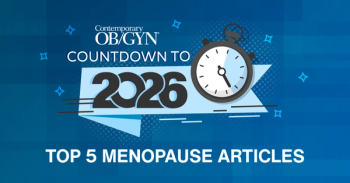
|Slideshows|August 26, 2019
7 recommendations for treating sepsis
Among women who died from sepsis, a majority had a delay in care and a delay in escalation of care.
Advertisement
References:
Society for Maternal-Fetal Medicine (SMFM), Plante LA, Pacheco LD, Louis JM. SMFM Consult Series #47: Sepsis during pregnancy and the puerperium. AM J Obstet Gynecol. 2019 Jan 23.[Epub ahead of print] Available at https://www.ajog.org/article/S0002-9378(19)30246-7/fulltext. Accessed March 19, 2019.
Newsletter
Get the latest clinical updates, case studies, and expert commentary in obstetric and gynecologic care. Sign up now to stay informed.
Advertisement
Advertisement
Advertisement




